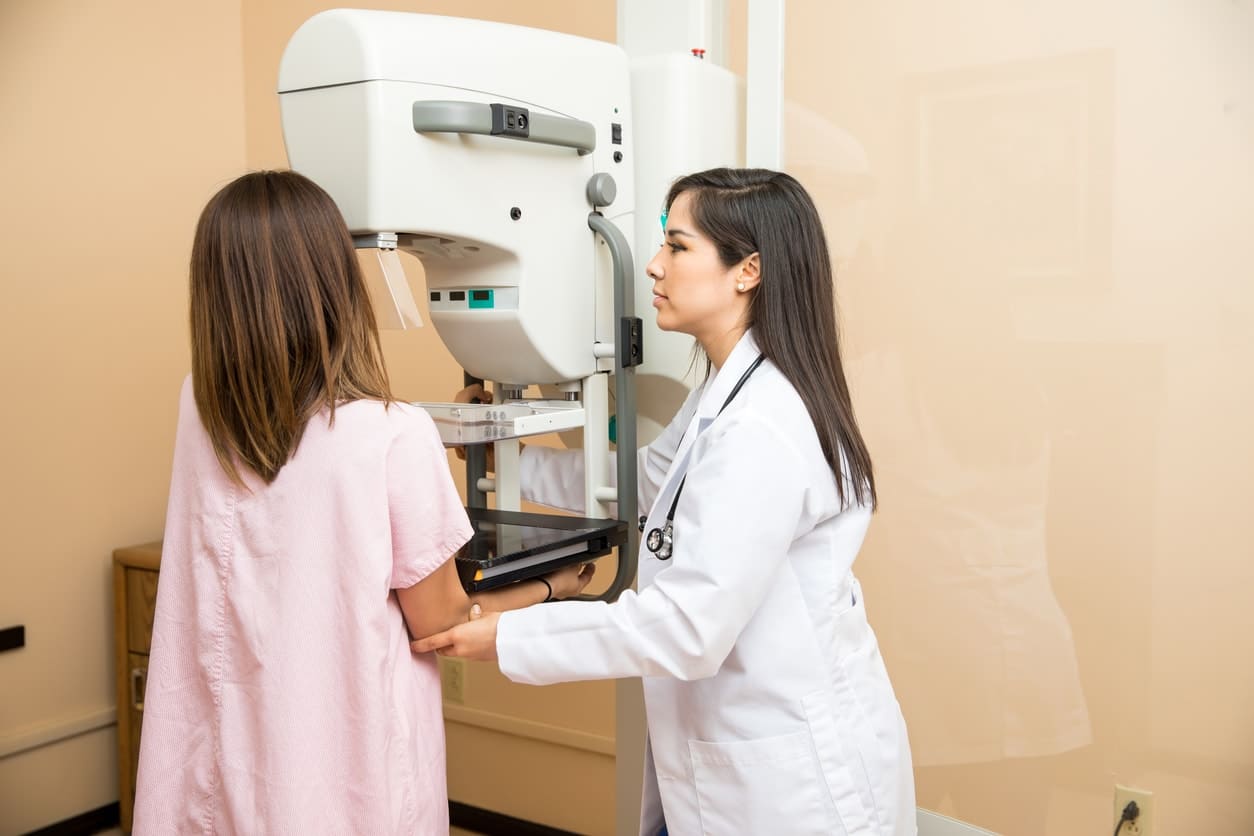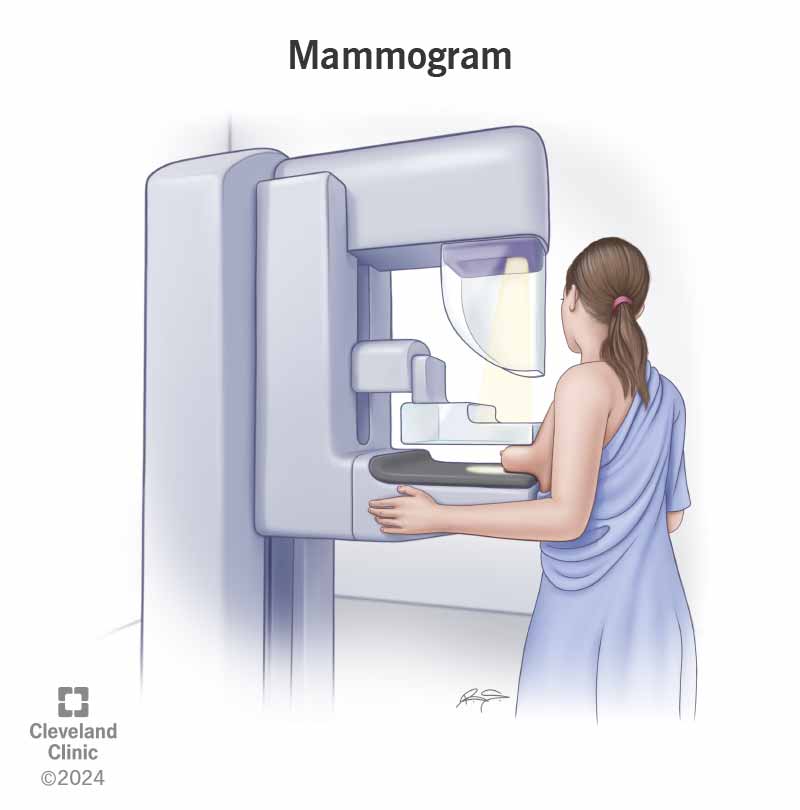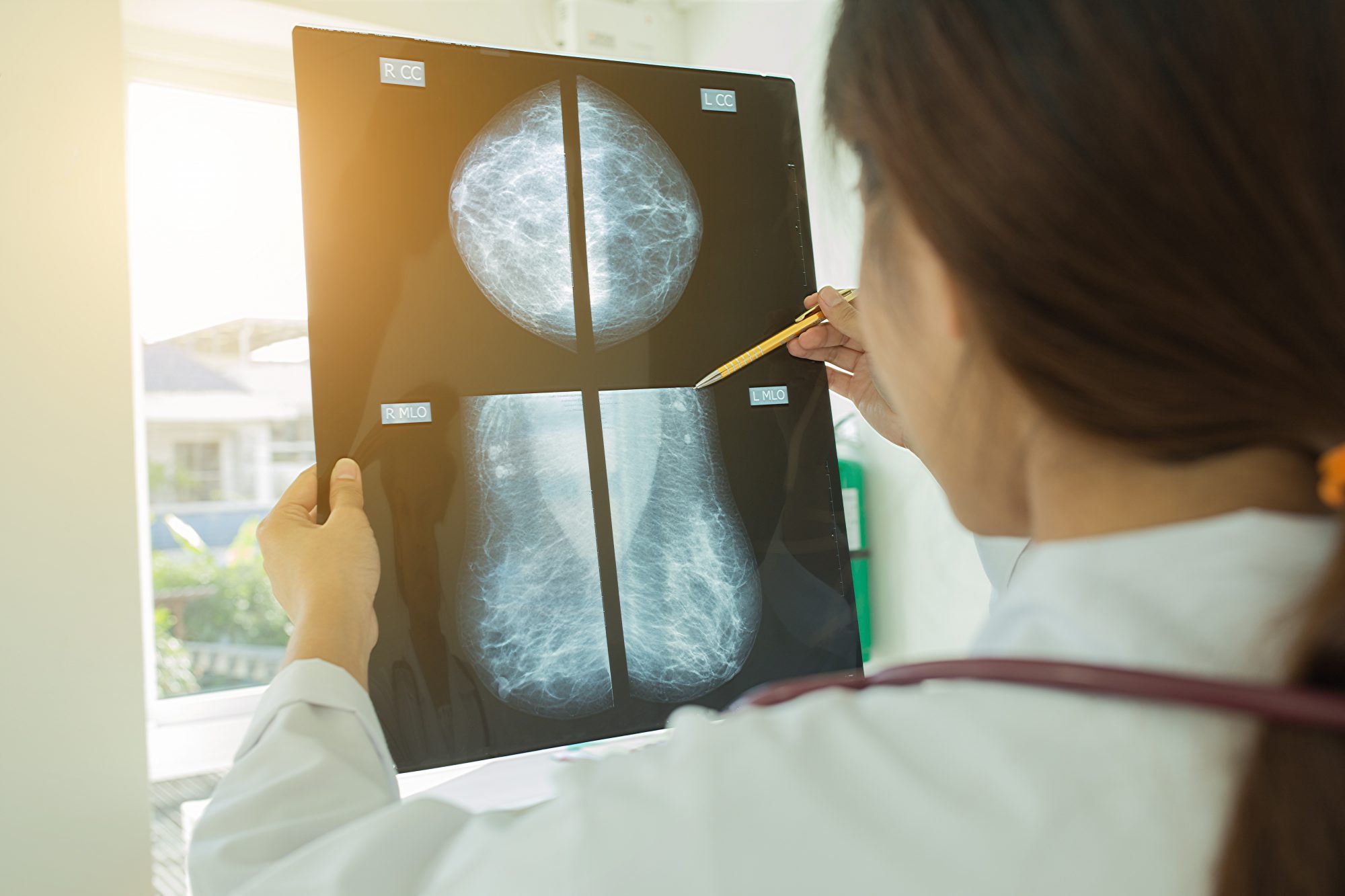Have you ever thought about a career that truly makes a big difference in people's lives, a job where you help others stay healthy and feel more at ease? Many people, you know, look for work that offers a sense of purpose. A role as a mammogram technician, or a mammography technologist, really fits this description. It's a key part of healthcare, helping catch serious health issues early. It’s a very important medical field, that’s for sure.
This kind of work involves using special equipment to take pictures of breast tissue. These pictures, called mammograms, help doctors look for early signs of breast cancer before anyone even feels symptoms. It's a job that requires both technical skill and a really kind approach, because you’re working with people who might feel a bit anxious. So, it’s a good mix of things, you might say.
For anyone thinking about a career in medical imaging, exploring mammogram technician jobs could be a wonderful path. It’s a field with steady demand, and it offers a chance to be a truly helpful presence for many individuals. We'll talk more about what this job is all about, what it takes to get started, and why it matters so much. It's a very rewarding area, honestly.
Table of Contents
- What Do Mammogram Technicians Do?
- Becoming a Mammogram Technician
- The Daily Work Environment
- Why This Job Matters So Much
- Looking Ahead in Mammography
- Frequently Asked Questions About Mammogram Technician Jobs
What Do Mammogram Technicians Do?
A mammogram technician, sometimes called a mammography technologist, has a very specific role in healthcare. They are the people who operate the mammography machines. These machines take detailed images of breast tissue. It's a pretty specialized area of work, you know.
Their main job is to create clear pictures that doctors, especially radiologists, can examine closely. These pictures help find changes in the breast that might mean something serious. So, their skill with the equipment is very important, actually.
The Screening Process
A big part of what mammogram technicians do involves screening mammograms. My text mentions that "A screening mammogram is used to detect breast changes that could be cancerous in people who have no signs or symptoms." This means they work with people who feel perfectly fine, but are getting checked as a routine health measure. The goal, as it says, "is to detect cancer when it's" small and easier to manage. So, it's a very proactive kind of care, you might say.
During a screening, the technician positions the patient's breast on a special plate. Then, a gentle compression happens for a few moments to get a good image. This can feel a bit odd, and the technician's calm presence really helps. They make sure the images are just right for the doctor to review. This attention to detail is quite important, obviously.
They take several views of each breast, typically two. The technician explains each step, which helps a lot with patient comfort. It’s a quick process, but each image is very important for early detection. My text also points out that "Having mammograms regularly can lower the risk of dying from breast cancer." This shows just how vital this routine check-up is, and how important the technician's role becomes in that process, you know.
Diagnostic Imaging
Mammogram technicians also perform diagnostic mammograms. My text explains that "A mammogram can be used as a screening test or diagnostic test to look for breast cancer." A diagnostic mammogram is different because it's done when someone has a symptom, like a lump, or if a screening mammogram showed something unusual. So, it's a more targeted look, in a way.
For a diagnostic exam, the technician might take more images or special views than for a screening. They might also work closely with the radiologist during the exam itself. This allows the doctor to ask for specific angles or closer looks at certain areas. It's a very detailed process, really.
This type of mammogram often involves more direct communication with the patient about their specific concerns. The technician needs to be very good at listening and providing reassurance. They are helping to gather information that will guide important medical decisions. It’s quite a serious responsibility, actually.
Patient Care and Comfort
Beyond operating the machine, a huge part of being a mammogram technician is caring for the person getting the test. My text says, "Get tips on what to wear, when to schedule, and where to get a mammogram, and learn about what you can expect when you get the mammogram." This highlights the need for clear communication, which the technician provides. They explain the procedure, what it will feel like, and answer questions. This makes a big difference, you know.
Many people feel nervous about getting a mammogram, or they might be worried about the results. A good technician is calm, reassuring, and empathetic. They create a supportive atmosphere. They might offer a blanket or just a kind word. These small gestures mean a lot to someone feeling a bit vulnerable, honestly.
My text also mentions "information for women who have breast implants and women who have a physical disability." This shows that technicians need to adapt their approach for different people. They learn how to position someone safely and comfortably, no matter their physical situation. It requires a lot of sensitivity and patience, so it’s pretty demanding in that way.
Becoming a Mammogram Technician
If you're thinking about mammogram technician jobs, you'll want to know the steps to get there. It takes specific education and training. It's not something you just pick up overnight, that's for sure.
Generally, people who become mammogram technicians first train as radiologic technologists. This is the broader field of medical imaging. From there, they specialize in mammography. It’s a career path with clear steps, you know.
Education and Training
Most mammogram technicians start by getting an associate's degree or a bachelor's degree in radiologic technology. These programs usually take two to four years to complete. They cover things like human anatomy, patient care, radiation physics, and imaging procedures. It's quite a bit of science and practical skill, you might say.
After finishing a general radiologic technology program, you then get specialized training in mammography. This might involve clinical experience, where you work alongside experienced technicians. You learn how to use the mammography equipment, how to position patients correctly, and how to get the best possible images. This hands-on learning is really important, naturally.
Some places offer specific mammography programs or certifications that build on your initial radiologic technology education. These programs teach you the fine points of breast imaging. They also cover quality control and safety procedures unique to mammography. It's a very focused area of study, really.
Certifications and Licenses
After your education, you'll typically need to pass a certification exam. The American Registry of Radiologic Technologists (ARRT) offers a certification in mammography. This shows that you have the knowledge and skills needed for the job. It's a widely recognized credential, you know.
Many states also require a license to work as a mammogram technician. This often means passing state-specific exams and meeting certain continuing education requirements. Keeping your skills sharp and up-to-date is a big part of this profession. You can learn more about specific requirements by checking with a reputable medical imaging association website, for example, like your local state board. It's a pretty regulated field, honestly.
The Daily Work Environment
What's a typical day like for someone in mammogram technician jobs? It really varies depending on where you work. You might find yourself in a hospital, a dedicated breast imaging center, or a private clinic. Each setting has its own feel, you know.
A technician's day involves preparing the imaging room, checking equipment, and reviewing patient schedules. They spend a lot of time interacting with people, explaining the procedure, and answering questions. They also keep accurate patient records and ensure images are sent to the radiologist. It's a lot of different tasks, actually.
The work requires being on your feet quite a bit, moving around the equipment, and helping patients get into position. It's not a desk job, that's for sure. There's a constant flow of people, so managing your time and staying organized is very important. It can be busy, but also quite fulfilling, in a way.
You'll also be part of a healthcare team. This means working closely with radiologists, nurses, and other medical staff. Good teamwork is essential for providing the best patient care. Everyone plays a part, you might say.
Why This Job Matters So Much
Mammogram technician jobs are more than just operating a machine; they are truly about saving lives. My text points out that "Healthcare providers use mammograms, or mammography, to look for early signs of breast cancer before symptoms." This early detection is incredibly important. When breast cancer is found early, treatment options are often more effective, and the chances of a full recovery are much higher. So, the impact is quite profound, you know.
Imagine being the person who helps catch something serious before it becomes a bigger problem. That's what these technicians do every single day. They are often the first point of contact for someone getting screened, and their professionalism and kindness can make a huge difference in that person's experience. It’s a very human job, really.
My text also highlights that "The goal is to detect cancer when it's" small. This really emphasizes the preventative power of mammography. Technicians play a central role in this vital public health effort. They help lower the risk of dying from breast cancer, as mentioned in my text. This makes the job deeply meaningful, honestly.
They also help people understand the procedure and feel comfortable. "Learn about getting a mammogram, including information for women who have breast implants and women who have a physical disability," my text states. This shows the technician's role in making the process accessible and less intimidating for everyone. It's about providing care with a lot of thought, you might say.
Looking Ahead in Mammography
The field of mammography is always moving forward. New technologies are being developed to make imaging even better. My text mentions, "Detect breast cancer even earlier with mammogram+ our most advanced breast cancer detection system spots cancer even earlier." This points to the ongoing innovations in the field. Technicians need to keep learning and adapting to these new tools. It keeps the job interesting, you know.
For example, 3D mammography, also known as breast tomosynthesis, is becoming more common. This technology provides clearer, more detailed images. Technicians learn how to use these advanced systems, which means their skills are always evolving. It's a field that doesn't stand still, that's for sure.
There's also a continued focus on patient comfort and experience. As technology improves, so do the ways clinics try to make the process easier for people. Technicians are at the forefront of delivering this improved experience. They are a crucial part of making healthcare feel more supportive. So, it's a pretty dynamic area, in a way.
The demand for skilled healthcare professionals, including those in mammogram technician jobs, is expected to remain steady. As populations grow older, and as awareness about early cancer detection increases, the need for these vital services will continue. It offers a good sense of job security, which is something many people look for. You can find more information about career outlooks on sites like . It's a stable path, honestly.
Frequently Asked Questions About Mammogram Technician Jobs
People often have questions when they think about mammogram technician jobs. Here are some common ones that come up:
What is the difference between screening and diagnostic mammograms?
My text explains this pretty well, you know. "How are screening and diagnostic mammograms different?" A screening mammogram is for people who feel fine and have no symptoms. It's a routine check to look for early signs of breast changes. A diagnostic mammogram, on the other hand, is done when someone has a symptom, like a lump, or if a screening showed something unusual. It’s a more focused look to figure out what's going on. So, one is for routine checks, the other is for specific concerns, you might say.
What are the benefits of screening mammograms?
There are some really important benefits, actually. My text mentions, "What are the benefits and potential harms of screening mammograms?" The main benefit is finding breast cancer early, often before it can be felt or cause symptoms. This early detection means that treatments are usually more effective, and the chances of a good outcome are much higher. Regular mammograms can lower the risk of dying from breast cancer, which is a very significant benefit. It’s about being proactive with your health, you know.
What can I expect when I get a mammogram?
When you go for a mammogram, you'll be guided by the technician through the whole process. My text says, "Learn about what you can expect when you get the mammogram." You'll stand in front of the mammography machine, and the technician will gently position one breast at a time on a special plate. The breast is exposed to a small amount of pressure for a few seconds to get a clear image. It might feel a bit uncomfortable for a moment, but it's usually quick. The technician will take a couple of pictures of each breast. They will explain everything as they go, and they are there to help you feel as comfortable as possible. You can learn more about on our site, too. It’s a pretty straightforward procedure, honestly.
So, if you're thinking about a career that combines technology, patient care, and a really important purpose, mammogram technician jobs are definitely worth exploring. It's a field where you can make a real, lasting impact on people's health and well-being. It’s a very rewarding path, you know.



